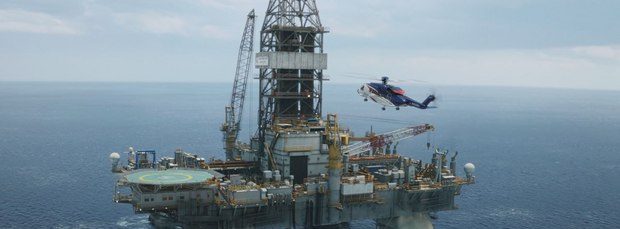Deepwater Horizon depicts the events that led up to that catastrophe and the heroic actions of the rig workers working on the oil rig as they tried to keep the impending disaster at bay and ultimately escape the inferno of the rig alive. The seriousness of the subject matter meant that the pressures on the effects team to accurately depict the events in a realistic fashion were immense.
When Pete Berg first approached ILM about the project he was intensely clear that this would be a tribute to the heroic rig workers that would need to bring the audience into the chaos and intensity of that night. He was after complete authenticity in every detail and a fierce and vicious experience once the trouble started.
Under the watchful eyes of VFX supervisor Craig Hammack, the ILM visual effects team was responsible for creating a digital replica of the Deepwater Horizon oil rig itself which had to seamlessly blend into practical set pieces constructed on a New Orleans parking lot. Perhaps the biggest challenge on the project however, was creating the dirty, toxic, and uncontrollable fire, which required innovative CG work, since the fire’s onscreen for 30 minutes. Thus, it not only had to look realistic but also beautiful and cinematic with the help of interactive lighting coming from the use of large LED screens deployed on set. The simulation work was done in ILM’s Academy Award-winning GPU-based simulation and render engine, Plume.
The team was nominated for an Academy Award for Best Achievement in Visual Effects, an Annie Award for Outstanding Achievement in Animated Effects in a Live Action Production, and it won VES Awards for Outstanding Supporting Visual Effects in a Photoreal Feature and Outstanding Model in a Photoreal or Animated Project.
